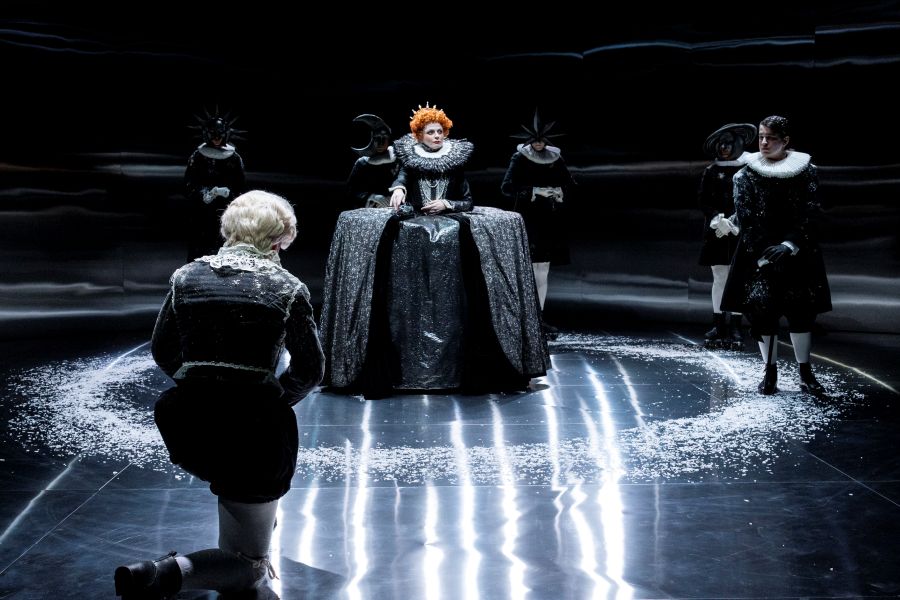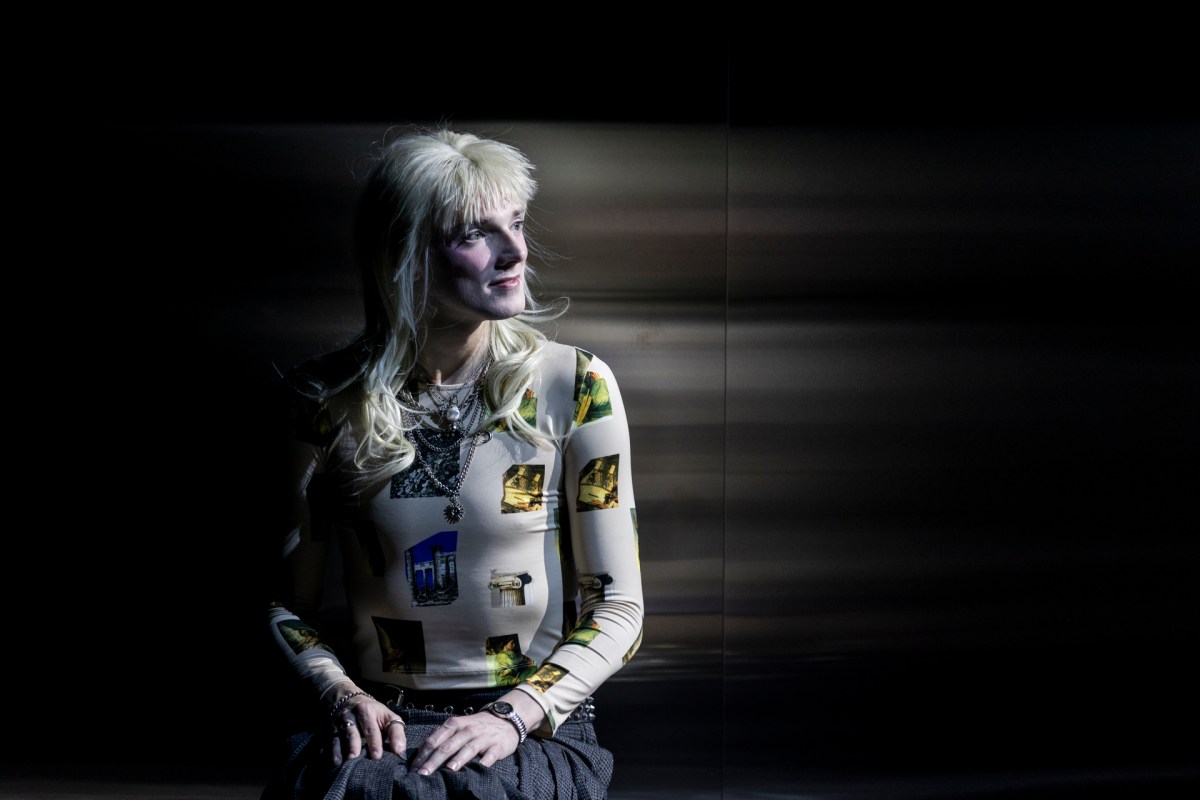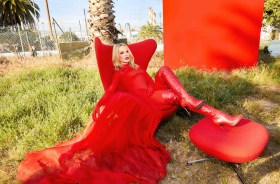Theatre is usually an indoor pursuit, shut off from the outside world. That wasn’t quite the case at the opening night of Belvoir St Theatre’s production of Orlando. Not by design, but because the city was in the grip of a tempest – its wettest September night since 1879. You could hear the torrential rain, even in the soundproofed theatre.
But rather than detract from the production, the storm suited this dramatic, expansive play, described by Belvoir’s Artistic Director Eamon Flack as: ‘One for those who like their theatre theatrical’.
Flack is right on that score. Adapted by Carissa Licciardello and Elsie Yager (Licciardello also directs) from Virginia Woolf’s classic 1928 novel, Orlando: A Biography, the work is afforded theatricality by its premise. The fantastic tale follows the adventures of a poet, Orlando, who lives for centuries, changing gender and taking on new identities across the ages.
Orlando: four eras, four Orlandos
In this adaptation, we encounter the titular character across four distinct epochs, played in each period by a different actor. All four actors playing the role identify as trans or non-binary, mirroring the gender-fluid nature of Orlando, who is variously male, female, neither or both.
We first meet Orlando as a male courtier (Shannen Alyce Quan) in Elizabethan England, before they transition into a female Orlando of Restoration-era high society (Janet Anderson). A third Orlando (Zarif) finds themselves in the stuffy Victorian age – rubbing up against the era’s restrictive sensibilities – while the final Orlando (Nic Prior) lives in modern-day London, where the strict gender binaries of the past have broken down.
Each actor brings a distinct voice and physicality to their respective Orlandos, reminding us that identity is shaped not only by genetics or self-determination but the times we live in.
The four distinct eras give Licciardello and team a canvas on which to explore changes in the way femininity and sexuality have been viewed and constructed over the centuries. The play conveys a sense that things have improved for women and for queer people over time, but that challenges remain. In that respect, it’s perhaps a bit obvious – but as a piece of theatre, it’s a joy to behold.
Orlando: visually arresting
This is largely because, more than most productions, Orlando is visually arresting. Those who appreciated the sumptuousness of the 1992 film starring Tilda Swindon will be delighted here.
David Fleischer’s set is a matte, mirrored confection, its murky reflections alluding to the bending of time and space. The decision to have actors on roller skates represent celestial bodies is an inspired one, lending the production a graceful, whimsical air.

Lighting designer Nick Schlieper gives us icy blues early in the piece, reflecting a London where the Thames is frozen over. Later, he moves to an appealing candlelit warmth in the hallowed halls of Regency England.
The work of costume designer Ella Butler is central to the production. In a theatrical climate where minimalism and even cheapness are so often the order of the day, it’s heartening to see the colour and creativity of costume in full flight. The fabulously Rococo costume worn by Amber McMahon as Queen Elizabeth I is a case in point. (Incidentally, in lesser hands, the costume could easily have worn her – but McMahon is adept at portraying the ageing, brittle queen who knows her time is almost up.)
These technical choices are not just decorative. They underscore Orlando’s constantly evolving self. When wardrobe, lighting and sound all change in unison as they move from one era to the next, the production pulses with theatrical electricity.
Orlando: not the novel
It is important to note that this is not a faithful rendition of the novel. How can it be? At just under two hours, this adaptation cannot hope to fully express the density and intricacies of Woolf’s sprawling work.
Licciardello, therefore, pares back many adventures to focus on Orlando’s inner arc across time: love, gender, societal constraints. The streamlining is necessary – but it also means some rich scenes from the book are dropped or glossed over.
Read: Art shouldn’t make us afraid: my three principles for healthy artmaking
Moments of intimacy are generally found in the first two eras, before the play yields to sexual politics and commentary, illuminating era-by-era how attitudes towards gender, class and egalitarianism shift. These moments can sometimes feel like lectures. Yet when they succeed, they resonate.
Belvoir’s Orlando is not perfect but it’s a compelling theatrical experience. Theatre for theatre lovers.
Orlando plays the Belvoir St Theatre, Surry Hills NSW, until 28 September 2025.






